Vegetarian Options in Uzbek Cuisine Explained
12 min read Discover delicious and traditional vegetarian options in Uzbek cuisine, highlighting cultural dishes without meat for plant-based food enthusiasts. June 26, 2025 06:05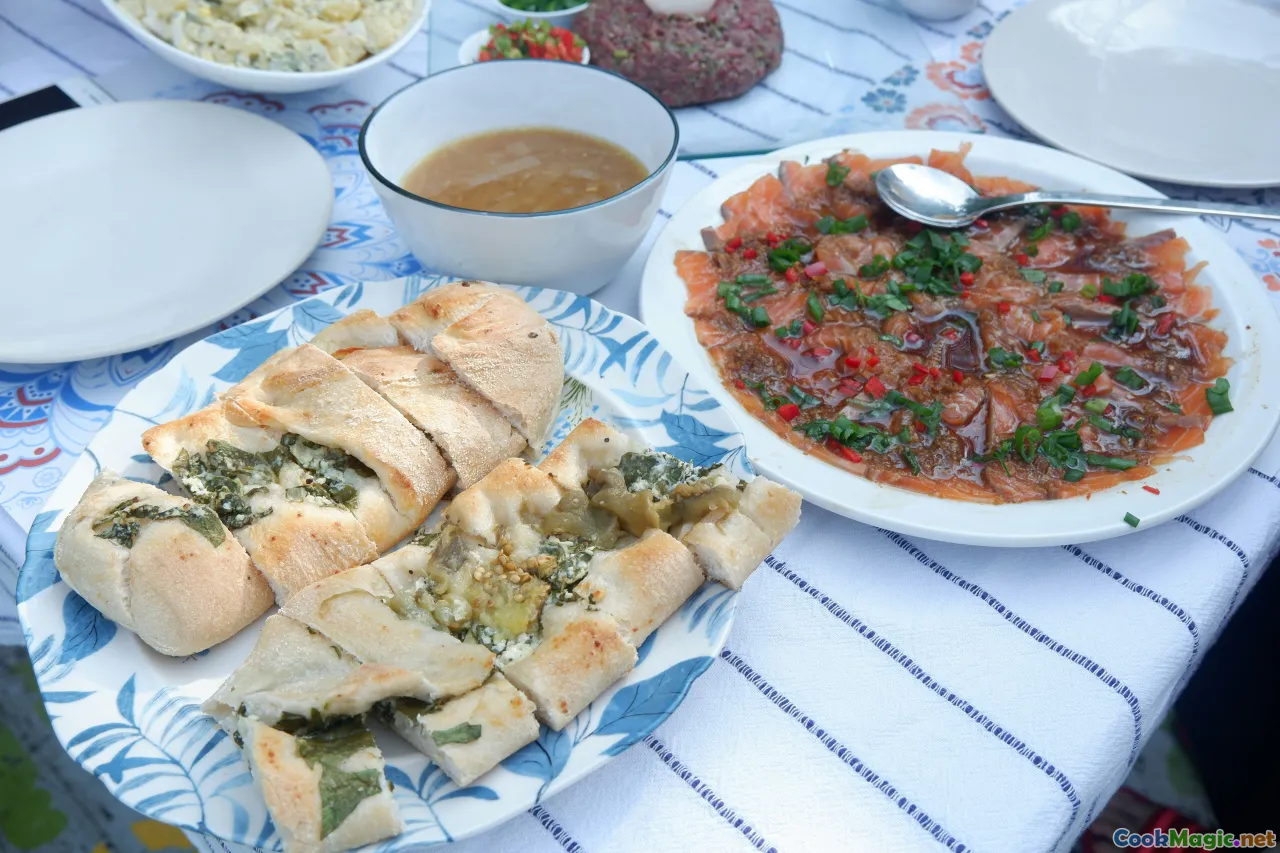
Vegetarian Options in Uzbek Cuisine Explained
Imagine wandering through the bustling streets of Tashkent on a crisp morning, the aroma of freshly baked bread mingling with the fragrant spices wafting from traditional markets. Uzbek cuisine, renowned for its hearty meats and fragrant pilafs, has long been celebrated for its complexity and depth. Yet, amidst this rich tapestry, a vibrant world of vegetarian options quietly thrives—rich in tradition, flavor, and history.
For the culinary enthusiast, exploring these vegetarian dishes offers a window into the heart of Uzbek culture, often rooted in centuries-old agricultural practices and spiritual customs. As someone who’s fallen in love with the smoky scent of samsa or the delicate ripple of dried herbs in sumalak, I invite you to journey through the vegetarian landscape of Uzbek cuisine—a tapestry as colorful and varied as the silk roads that once passed through this lands.
The Roots of Vegetarianism in Uzbek Culture
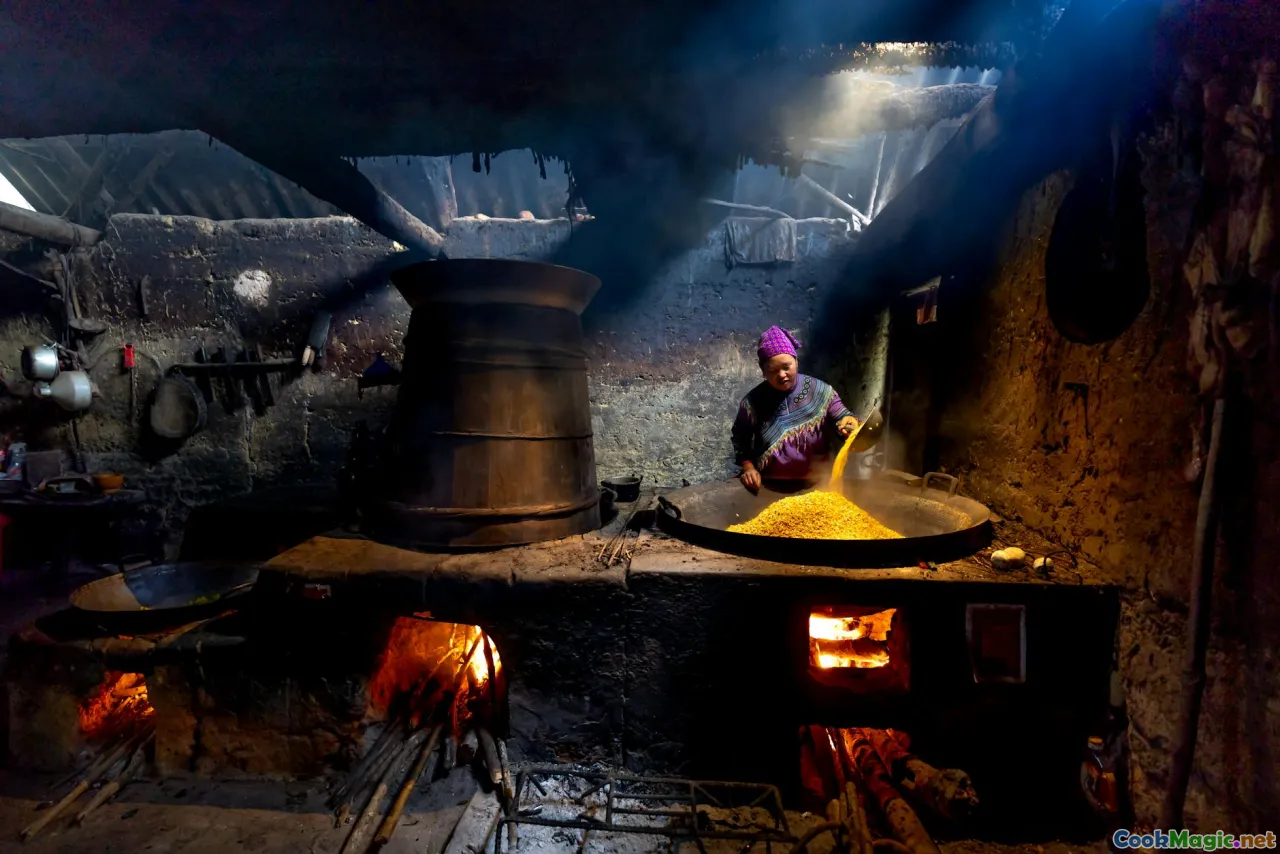
Uzbek cuisine is predominantly influenced by Silk Road trade, nomadic traditions, and Islamic dietary laws that emphasize moderation and purity. While meat dishes like shashlik and plov are iconic, tradition also includes a rich variety of vegetarian fare, especially in ceremonial or fasting contexts. During Ramadan or Ramadan-like fasting periods, vegetarians often turn to dishes based entirely on grains, beans, vegetables, and herbs. These practices preserve a legacy where plant-based offerings are considered not only nourishing but spiritually meaningful.
Historically, Uzbek farmers cultivated wheat, barley, lentils, and vegetables like carrots, onions, and radishes, which naturally became the ingredients for many vegetarian dishes. The earthy taste of these fresh vegetables, paired with fragrant herbs like dill, cilantro, and minted air, forms the backbone of many vegetarian recipes that have been handed down through generations.
The Art of Plov Without Meat
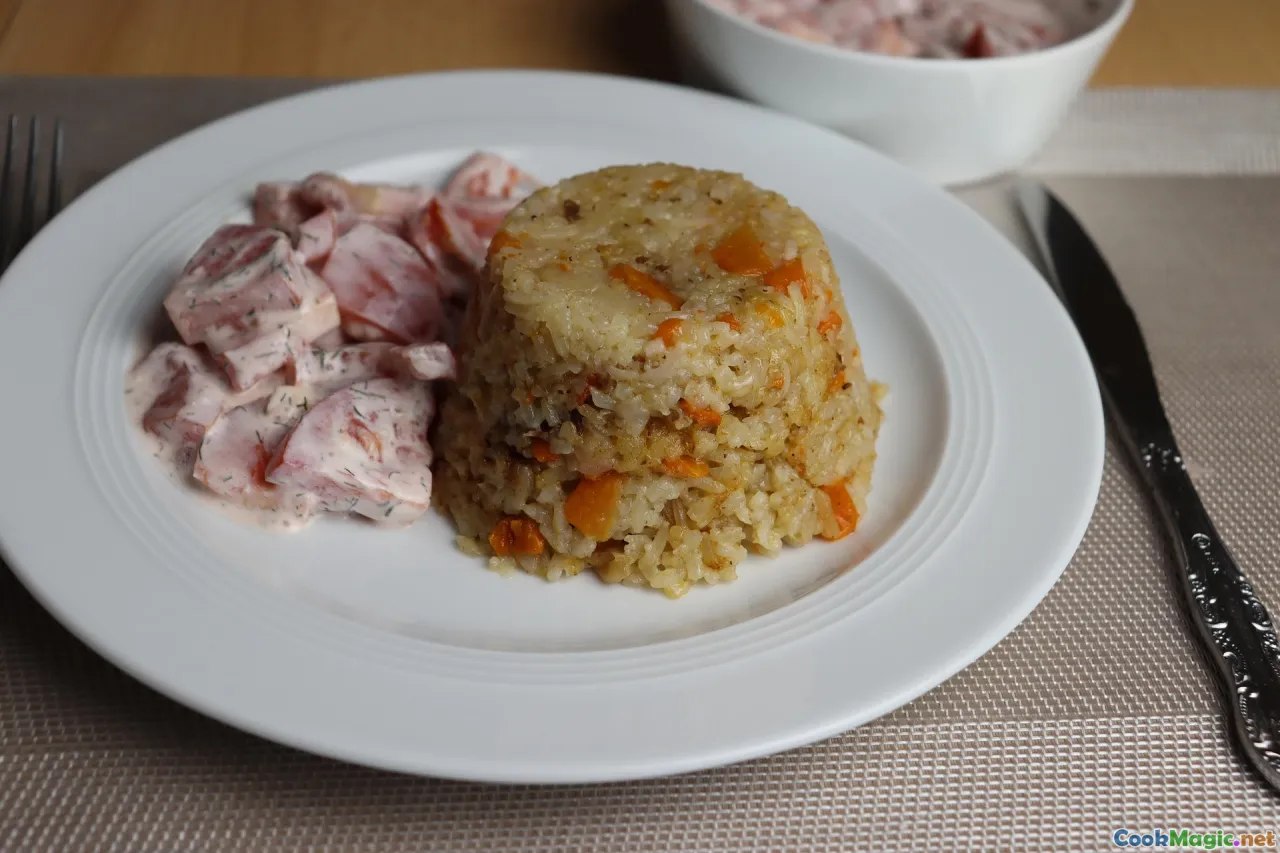
Plov—sometimes called Uzbek pilaf—is the crown jewel of Uzbek cuisine. Traditionally, it’s a lavish dish with rice, carrots, onions, and tender chunks of meat, cooked slowly in a kazan over open flame. But vegetarian versions of plov also exist and are equally seductive.
Creating a vegetarian plov involves substituting the meat with hearty vegetables or legumes that add richness and texture. For instance, how about a creamy pumpkin or kabocha version that melts into the rice, intermingling the saffron-infused grains with the sweetness of the vegetable? Alternatively, chickpeas or kidney beans can be sautéed with onions, carrots, and the fragrant spices before layering with rice.
The process begins with building a base of browned onions and seasoned carrots—using spices like cumin and coriander—to infuse aroma throughout. The rice is then added, giving that signature glossy, fragrant finish, with the vegetables creating pockets of flavor. The key lies in slow simmering so that the rice absorbs every aromatic note—creating a satisfying dish capable of satisfying even the most ardent meat-lovers.
Nokis and Lentil-based Delights
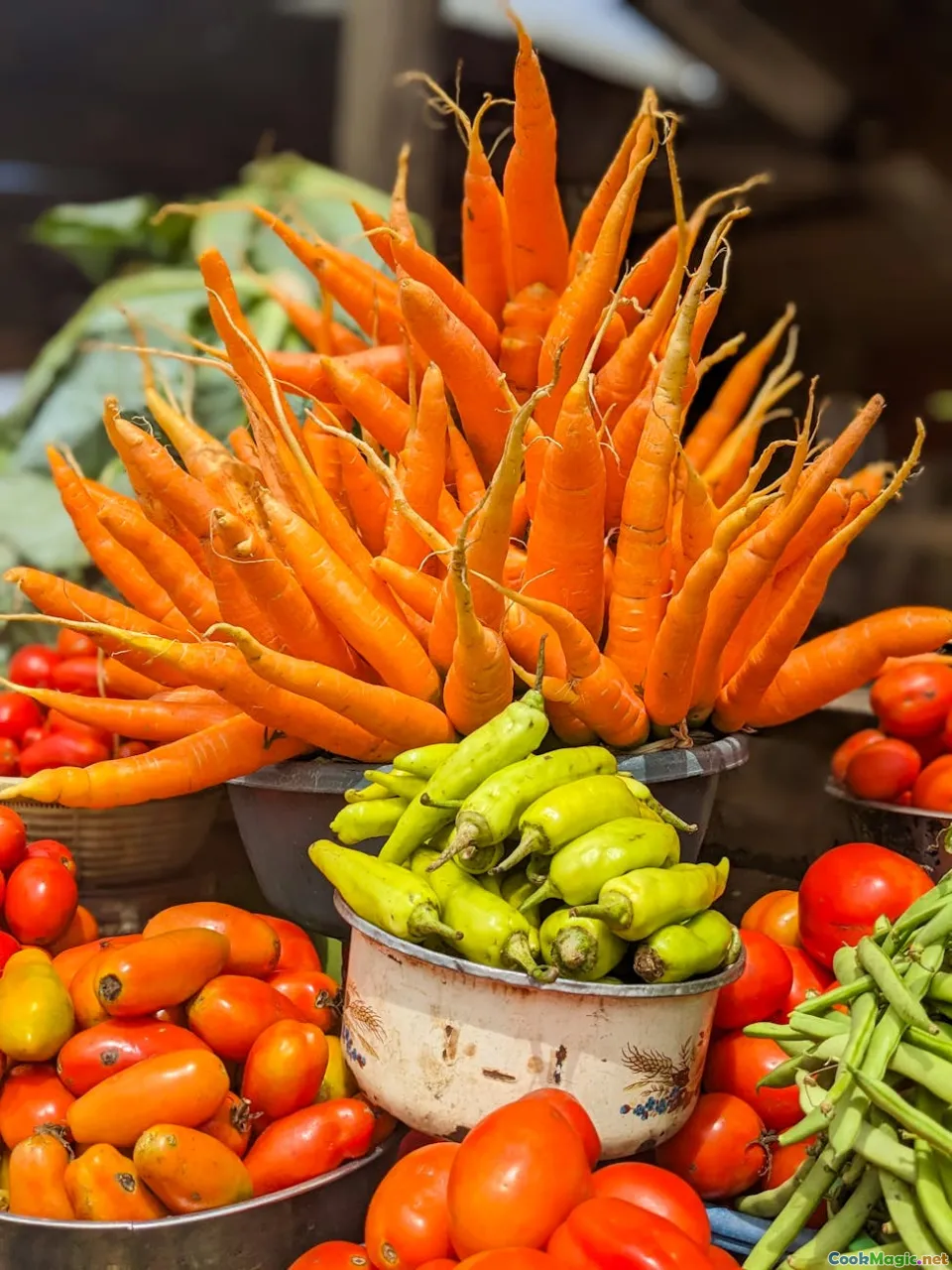
Nokis, or lentil patties, are a traditional Uzbek vegetarian snack, made from tender ground lentils mixed with herbs, sometimes blended with rice or flour to achieve a soft yet cohesive texture. Pan-fried until golden and crispy, these savory disks are often served with a tangy yogurt dip infused with garlic and fresh herbs.
Beyond nokis, the Uzbek table is dotted with luminous bean salads—white beans, kidney beans, or chickpeas tossed with onion, herbs, and a splash of vinegar or lemon juice. One beloved example is "Zel‘e Patil," a warm vegetable stew thickened with puréed lentils or chickpeas, brightened with fresh coriander.
The beauty of these dishes is their simplicity—the humble ingredients harnessed fully to deliver depth without meat. These hearty legumes, often overlooked elsewhere, stand as vital pillars in vegetarian eating within Uzbekistan.
Traditional Vegetarian Soup Recipes
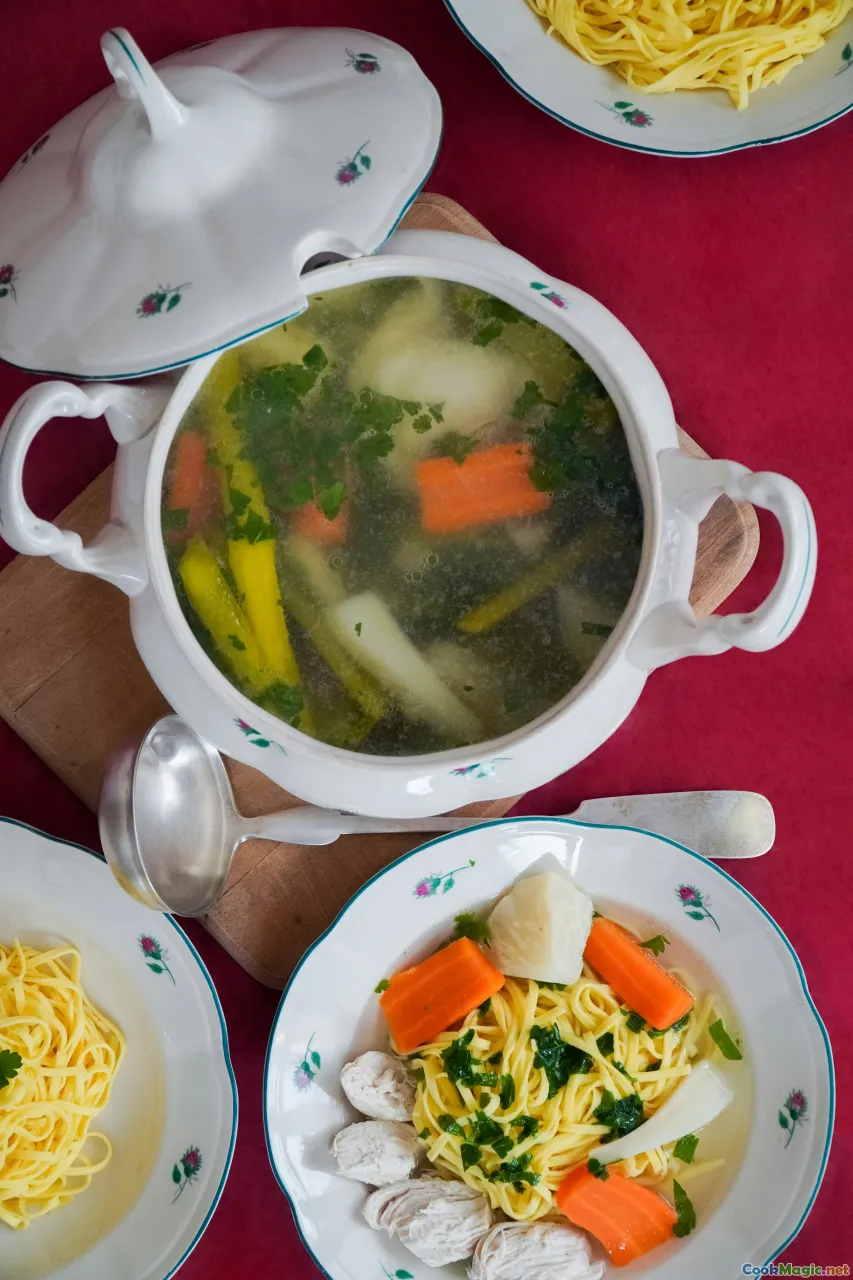
While Uzbekistan is famous for its robust soups like shurpa, which typically feature lamb, there are also vegetable-based counterparts that celebrate seasonal produce. A prime example is "Mastava," a hearty vegetable stew made from potatoes, cabbage, carrots, and seasoned with fresh herbs and spices.
Another classic is "Shorpo do‘lma," a warming, clear vegetable broth flavored with herbs, turmeric, and sometimes a hint of pomegranate or dried plums for depth. These soups emphasize purity and freshness, often served piping hot alongside fresh flatbread.
These vegetarian soups are not just sustenance—they evoke the rustic charm of Uzbek villages, where a simple bowl brimming with garden vegetables offers comfort and nourishment.
Flatbreads, Pastries, and Snacks
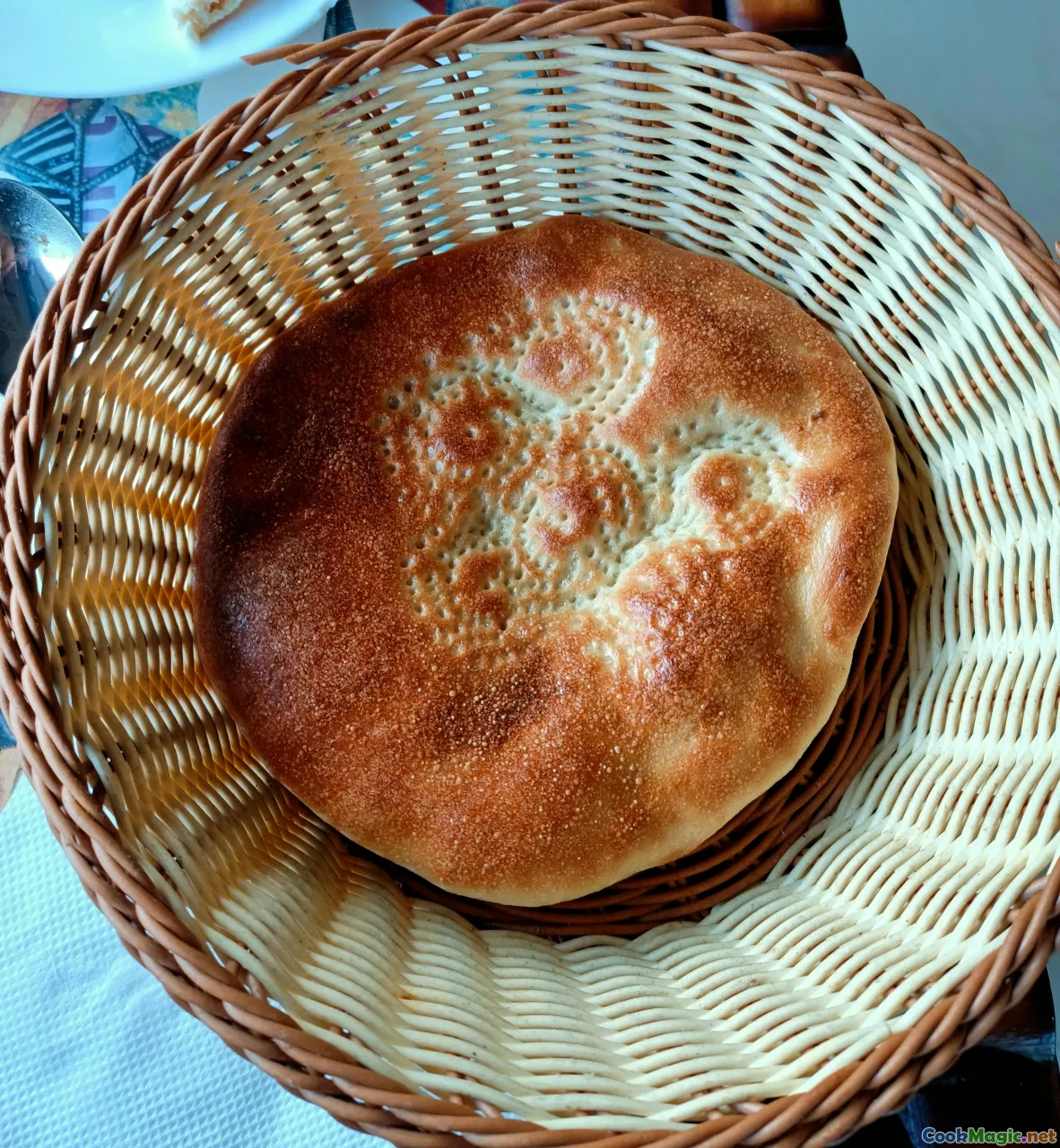
A meal in Uzbekistan is never complete without freshly baked bread. The legendary lepiaor traditionalnon baked in a tandoor is naturally vegetarian—crisp on the outside, soft and warm inside, often brushed with sesame or nigella seeds. These breads serve as the foundation for scooping up rich vegetable stews or chutneys.
Vegetarian bakery treats like samsa—savory pastries filled with spiced pumpkin, potato, or spinach—and kattar (a layered flatbread with herbs and cheese) highlight the country’s extensive baking tradition. These treats are not only snacks but vital cultural symbols, enjoyed at family tables, markets, and festivals.
Herbs, Spices, and Flavor Foundations
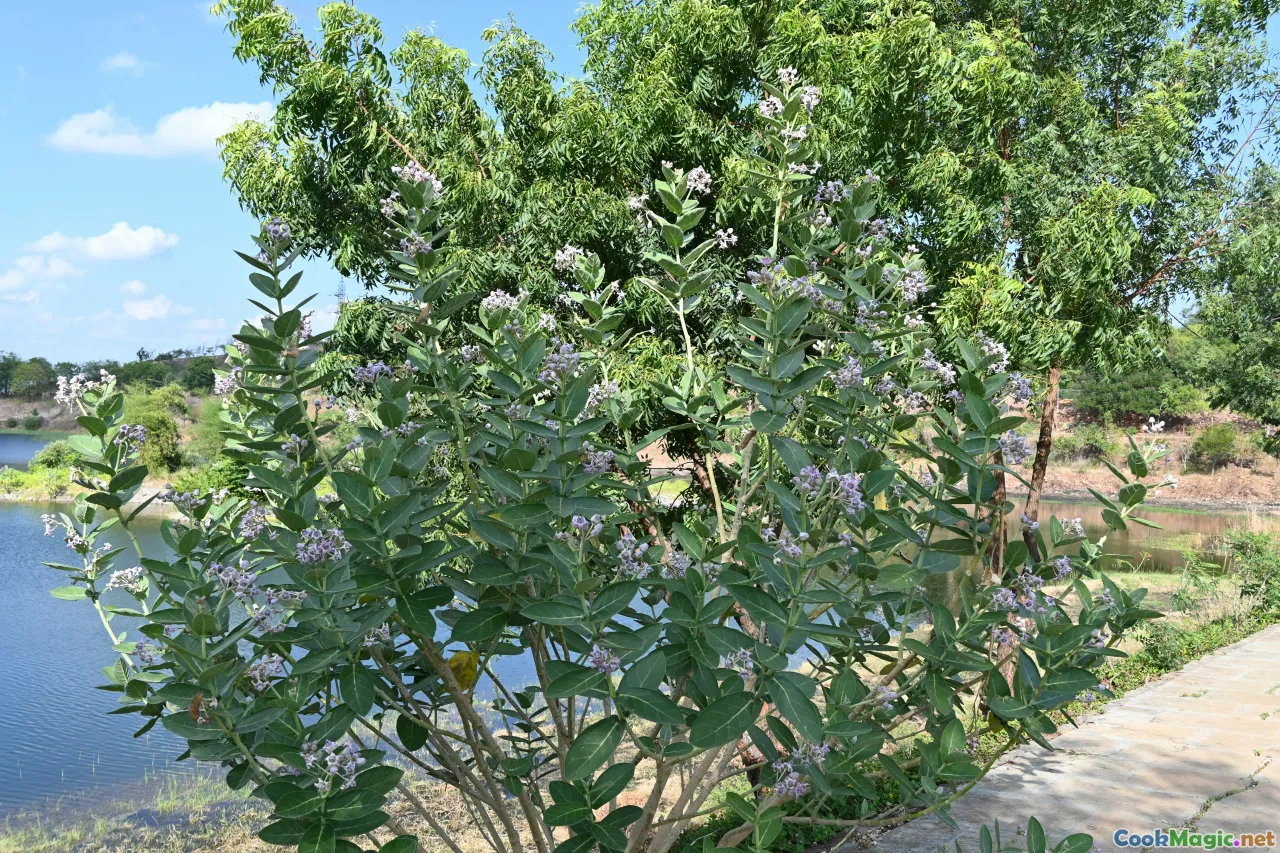
Uzbek cuisine’s distinguishing aroma often comes from its masterful use of herbs and spices. For vegetarians, these become the key to unlocking authenticity. Cumin seeds, dried coriander, fresh dill, cilantro, mint, and sumac are often used in combination to elevate even the simplest vegetable dishes.
A typical seasoning paste for vegetable stews might include grated garlic, crushed cumin, and chopped fresh herbs, creating a fragrant base that induces nostalgia of Uzbek street markets.
Dietary Variations and Personal Adaptations

While many dishes are inherently vegetarian, personal choices, regional variations, and health considerations have encouraged cooks to experiment. From vegan Ramadan dishes to gluten-free grain salads, Uzbek vegetarian cuisine is flexible yet rooted in tradition.
A particularly delightful adaptation is the use of millet instead of rice or bulgur, offering a nuttier flavor and different nutritional profile. Furthermore, fermented vegetables and pickles—like preserved tomatoes and radishes—add pops of acidity and crunch that make vegetarian meals more dynamic.
Visiting Uzbekistan: Where to Find Vegetarian Delights
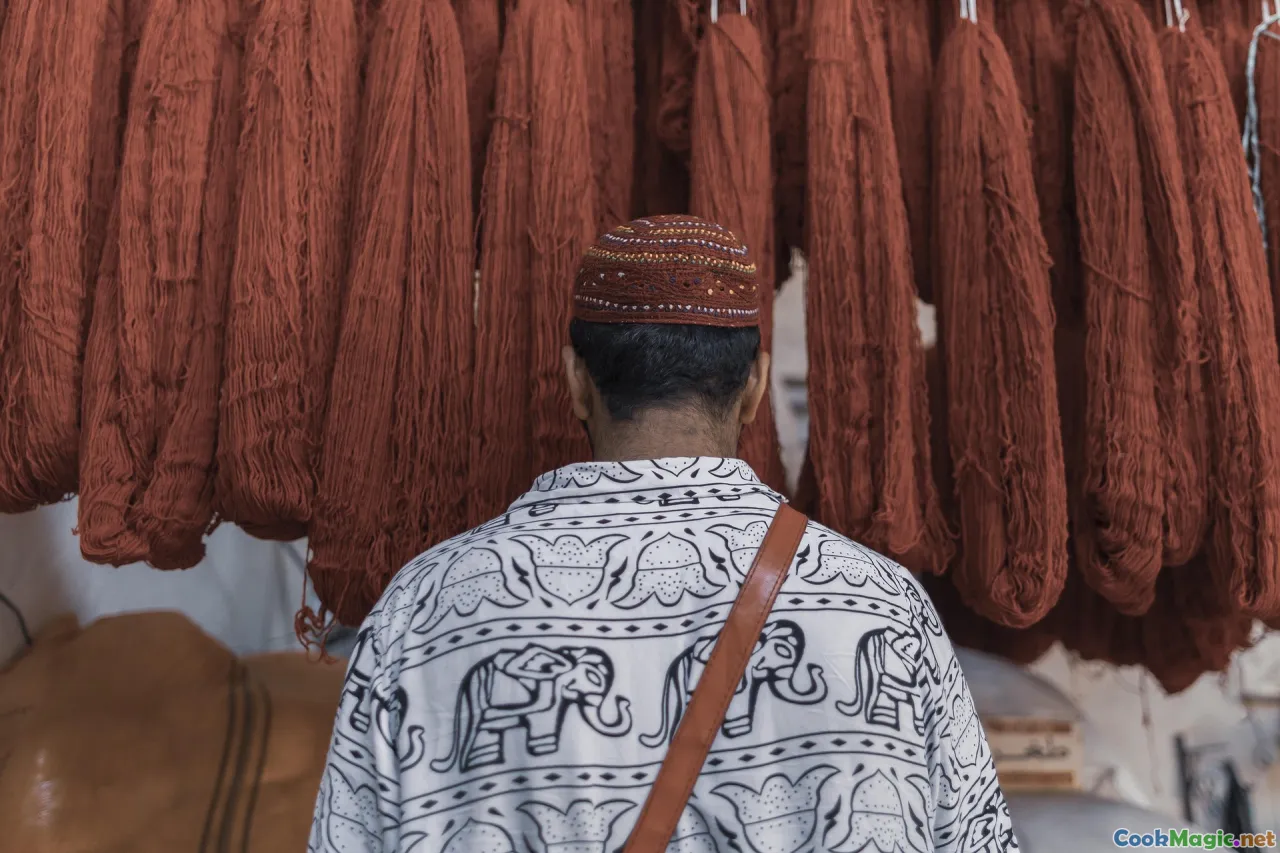
Traveling through Uzbekistan, one quickly discovers that vegetarian options are woven into every region and culinary setting. In Tashkent's bustling Chorsu Bazaar, vendors sell freshly chopped vegetables, fragrant herbs, and ready-to-eat salads worth exploring.
In the ancient city of Samarkand, traditional chaikhana (teahouses) often feature vegetable stews, yogurt-based sauces, and fresh baked breads, offering locals and pilgrims alike a meat-free respite. Small-family restaurants and street stalls provide authentic tastes—often with rich, savory vegetarian options that rival their meat counterparts.
Embracing Vegetables in Uzbek Culinary Heritage
Let’s not forget that Uzbek cuisine, at its core, celebrates the bounty of the land. Vegetables aren’t just side dishes—they are protagonists in their own right, embodying centuries of agricultural wisdom. Embodying this spirit in your home cooking involves more than just substituting ingredients; it requires appreciating the nuanced flavors, the delicate herbs, and the culture wrapped in each bite.
From vibrant carrot salads kissed with garlic to fragrant rice tossed with sautéed greens, Uzbekistan invites all food lovers to embrace its plant-based treasures. Whether you’re looking for hearty lunches or light snacks, the vegetarian options in Uzbek cuisine are as profound and enduring as the historic Silk Road itself.
Venture into these dishes with curiosity and respect, and you’ll uncover a remarkable dimension of Central Asian culinary artistry—one that respects tradition while welcoming diverse dietary choices. The next time you sample traditional Uzbek fare, remember: the land's rich bounty offers hope for every palate, vegetarian or otherwise, ready to savor the wonderful flavors of this timeless cuisine.









